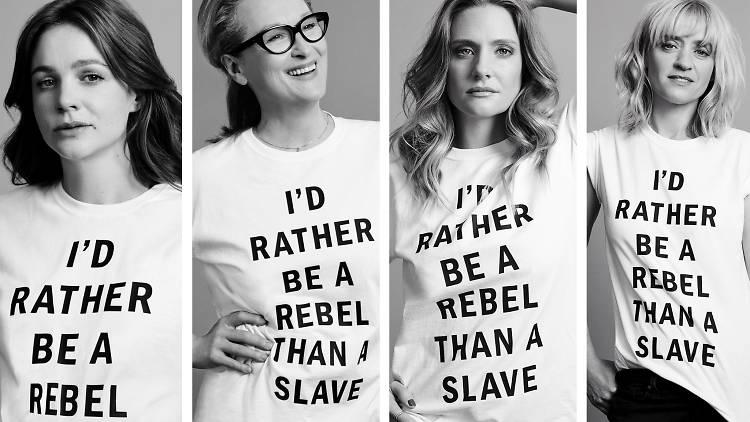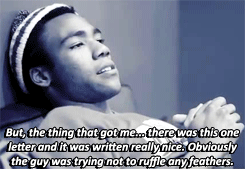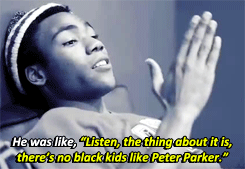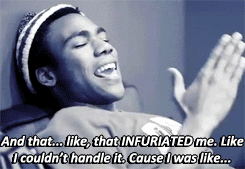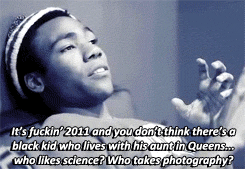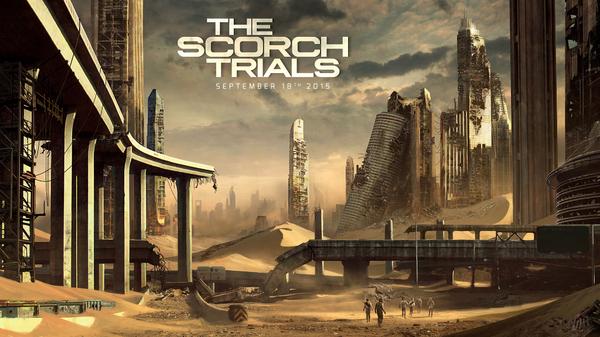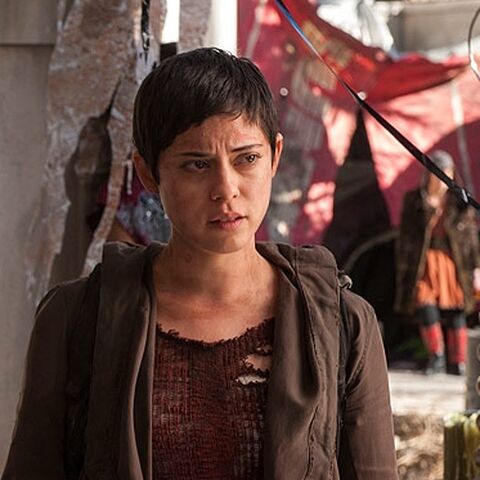
Disney have just released new promotional art for their newest Disney/Pixar venture, “Moana”, now under production in the award-winning animation company.
The upcoming musical adventure CGI animated movie will tell the story of the titular Moana, a pacific islander princess traversing to a fabled island with her hero, the Demi-God of legend, Maui.

Fully voiced by a Pacific-Islander cast in Auli’i Cravalho and Dwayne ‘The Rock’ Johnson as Moana and Maui, respectively, the movie is the latest female-led film in the Disney repertoire and the newest to feature a new princess to add to its Disney Princesses line up.
Why is this important you say?
Because Moana is Disney’s newest Princess of Colour, joining in within the ranks of other Princesses such as Jasmine, Pocahontas, Mulan and Tiana as their newest compatriot.
Animation has always been important in regards to helping out representation within the cinematic medium. Even before the roles of the most iconic characters of color was produced in reality, animation has already laid groundwork for it before.
Disney’s greater push for diversity had started in the nineties, an era more commonly known as the Disney Renaissance. In trying out more diverse characters and diverse stories – Disney has created a new perspective that helps people of color all over the world finally see themselves for the first time on the big screen.
And as someone who has personally felt that – let me tell you, its a big feeling.
Despite their less than stellar track record on this thing (Try Googling: Frozen Inuit Whitewashing), Disney have been making leaps and bounds on diversity in perspective and storylines on the background – with many of their animators and writers being people of color themselves.
Animation is a key stepping stone in cinematic representation, often being many people’s entry point to how little representation exists in actual movies and also being many directors/actors/writers’ source of initial inspiration when they enter the cinematic industry.
An article on the Daily Dot writes:
“What’s happening on screen is reflective of changes behind the scenes. Today, a visitor to a major animation studio will see men and women of every ethnic background going about their work. “At Disney and especially at DreamWorks, they seem to go out of their way to find international talent,” says [How to Train Your Dragon 2 Director, Dean] DeBlois. “I think there’s a recognition that animation travels the globe and affects people of all countries and all cultures. There’s a universal quality to the films that we make: They cross borders and take us to lands that we might know little about.””
Crossing borders and taking us into lands, giving new experiences and gaining new perspectives. Ultimately, isn’t that what cinema is supposed to give us?


